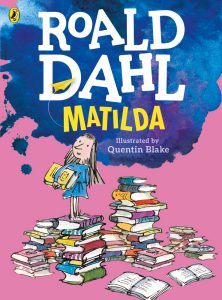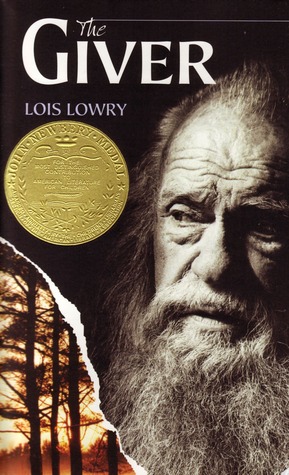After searching for popular, personal essays online, I came across “We Do Abortions Here: A Nurse’s Tale” by Sally Tisdale. The title immediately grasped my attention, so I decided to read it. The first link I clicked gave me this half page text, and I thought how is this a personal essay. Still, I printed and read it. In the five short paragraphs I read, there were tears forming in my eyes. The text was amazing and very well-written. It seemed like it was the full story, a nice slice of story; however, I accidentally clicked another link and this hideously long full text appeared. The part I read was only an excerpt from the essay though it stood so well on its own. I decided to go through and read the five-page personal essay, and I am glad I did.
“We do abortions here; that’s all we do”; that is the first line of the story. It was slicing, blunt, and gave a sense of opinion in the narrator. It goes on to discuss the clinic she works, the clients, and her fellow nurses and doctors. The essay clearly expresses how she feels about her job. Tisdale describes the ugly and bad side. She even exudes fear because of the ongoing debate of Planned Parenthood; sometimes it gets dangerous.
There are multiple things I enjoyed in this essay. One of them is the captivating metaphors and comparisons the narrator uses when describing the relationship between abortion, the clients, and the danger. “It is a sweet brutality we practice here, a stark and loving dispassion.” This is an example of the devastatingly beautiful language Tisdale uses. Another admirable aspect of this piece is the honesty. As stated before, the essay does explain the narrator’s opinion. However, it is an unclear opinion. The nurse realizes that every woman has their rights, but she also feels sad for the tiny, undeveloped babies that are being discarded of. “Each abortion is a message of our failure to protect, to nourish our own. Each basin I empty is a promise—but a promise broken a long time ago.” Another part of her honesty is the way she describes the patients. She gives different examples of the many women or young girls that come into the clinic every day. There are some she feels sorry for—others she does not. She also speaks of the men and their reactions.
Overall, I enjoyed reading this essay. It was very powerful and moving. The entire time I was imagining myself in the nurse’s place. I saw what she saw and felt what she felt. When a piece can do that, it’s obviously good writing. I don’t know if Sally Tisdale is a writer or if she just wanted to speak her emotions in a creative way, but I admire her and this personal essay.
The only thing I disliked about the essay was the structure of it. Sometimes, new paragraphs were created in weird places.
I recommend this personal essay to everyone, whether you’re for or against abortion. Please note there are some detailed information about the abortion process. If you would like to read it, click here.



